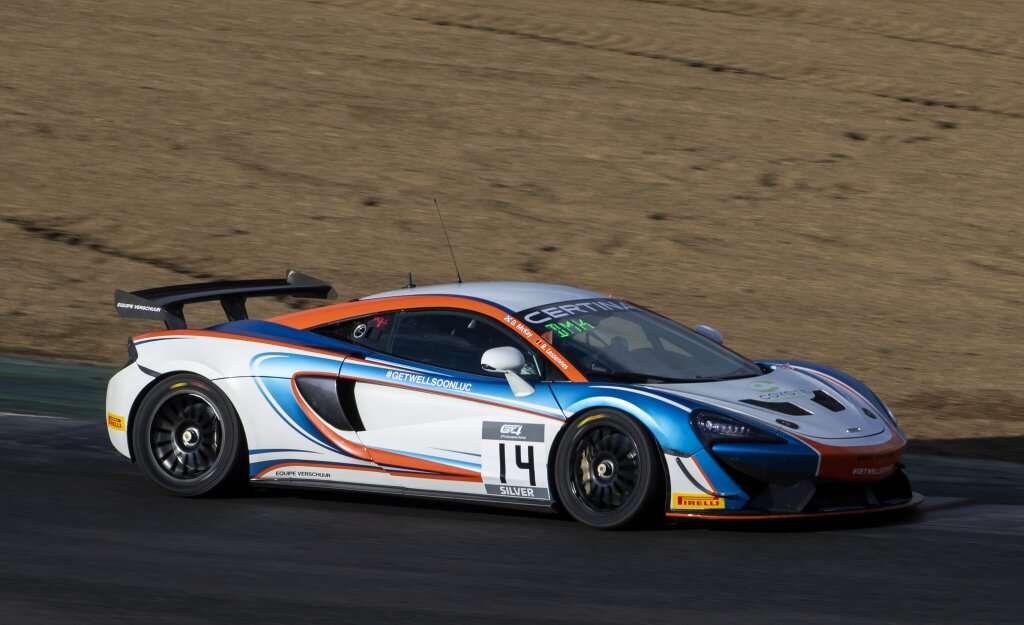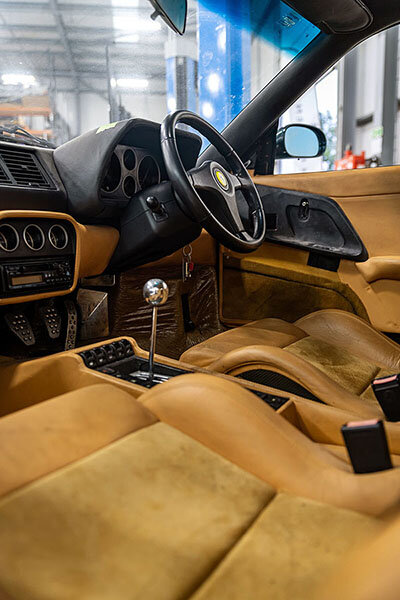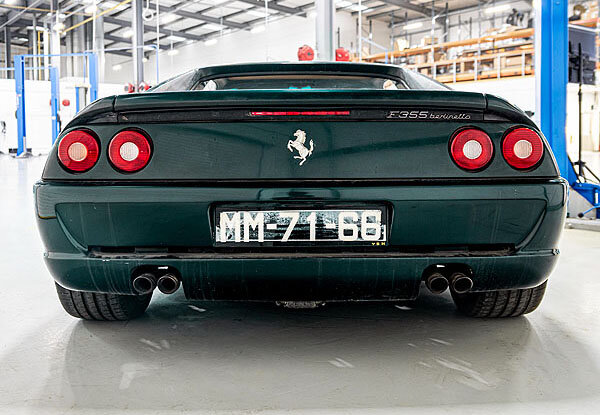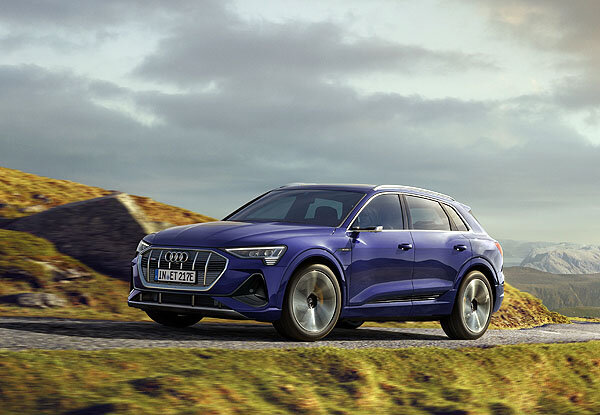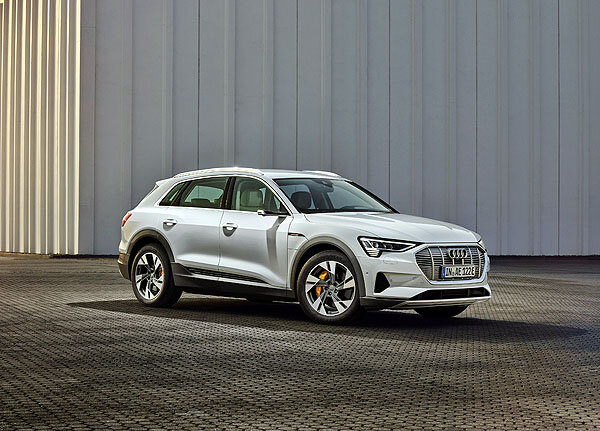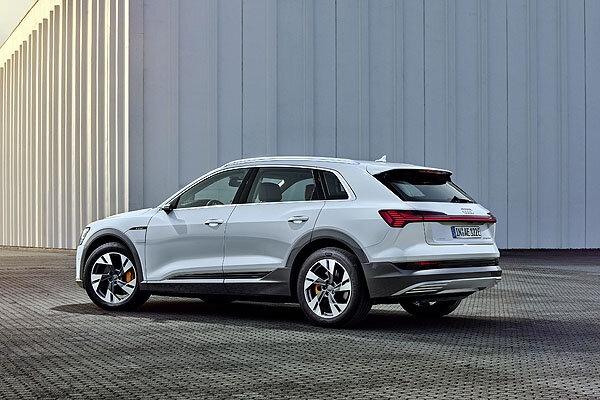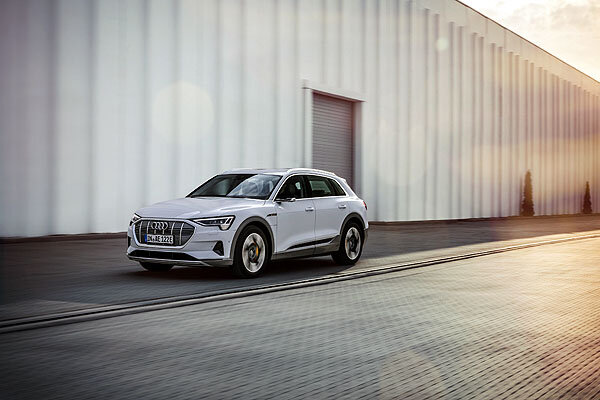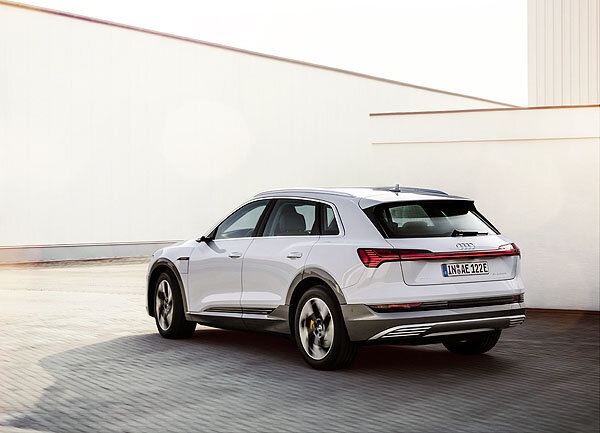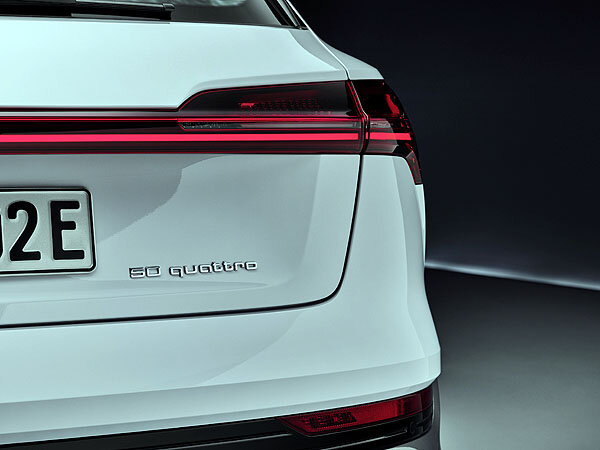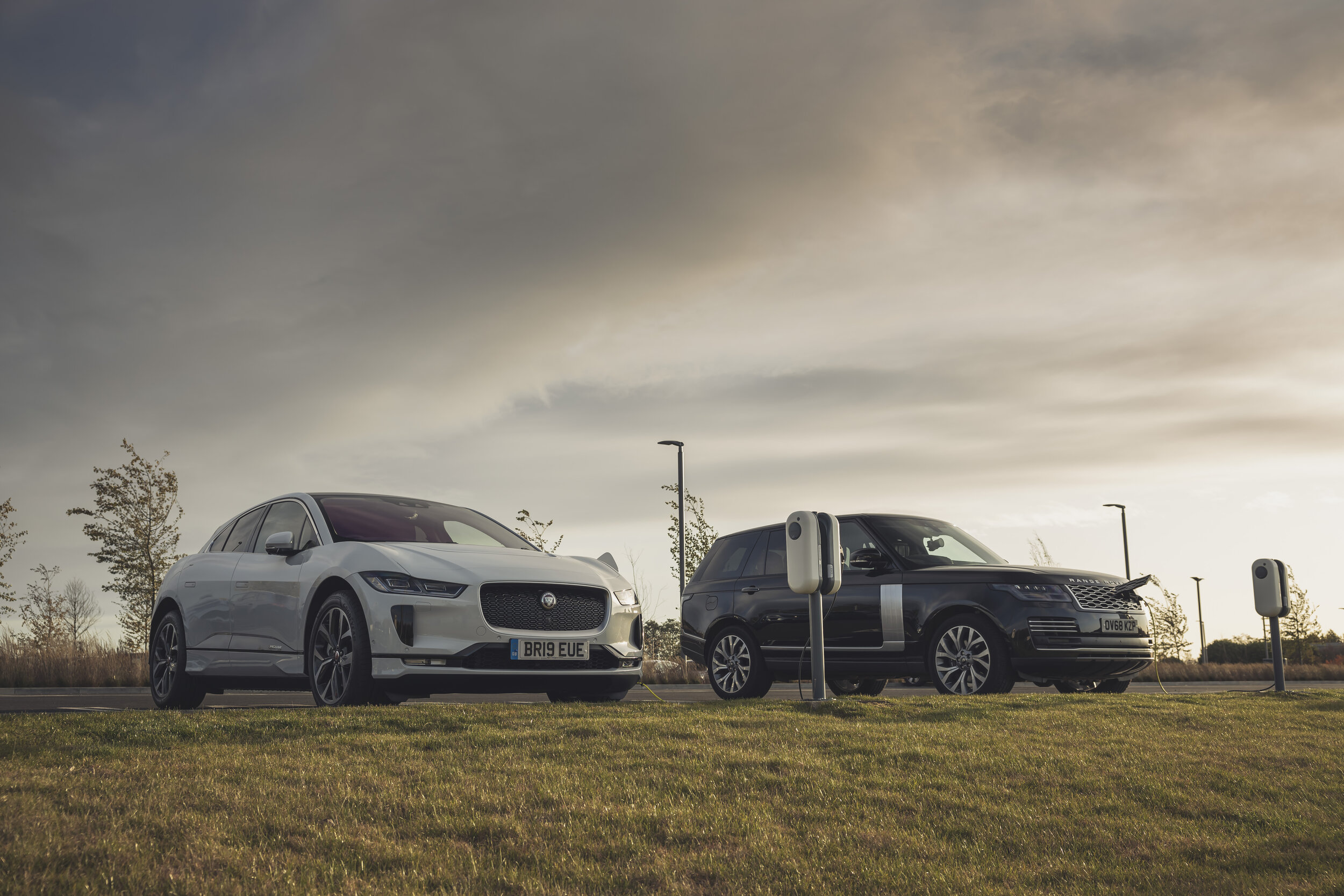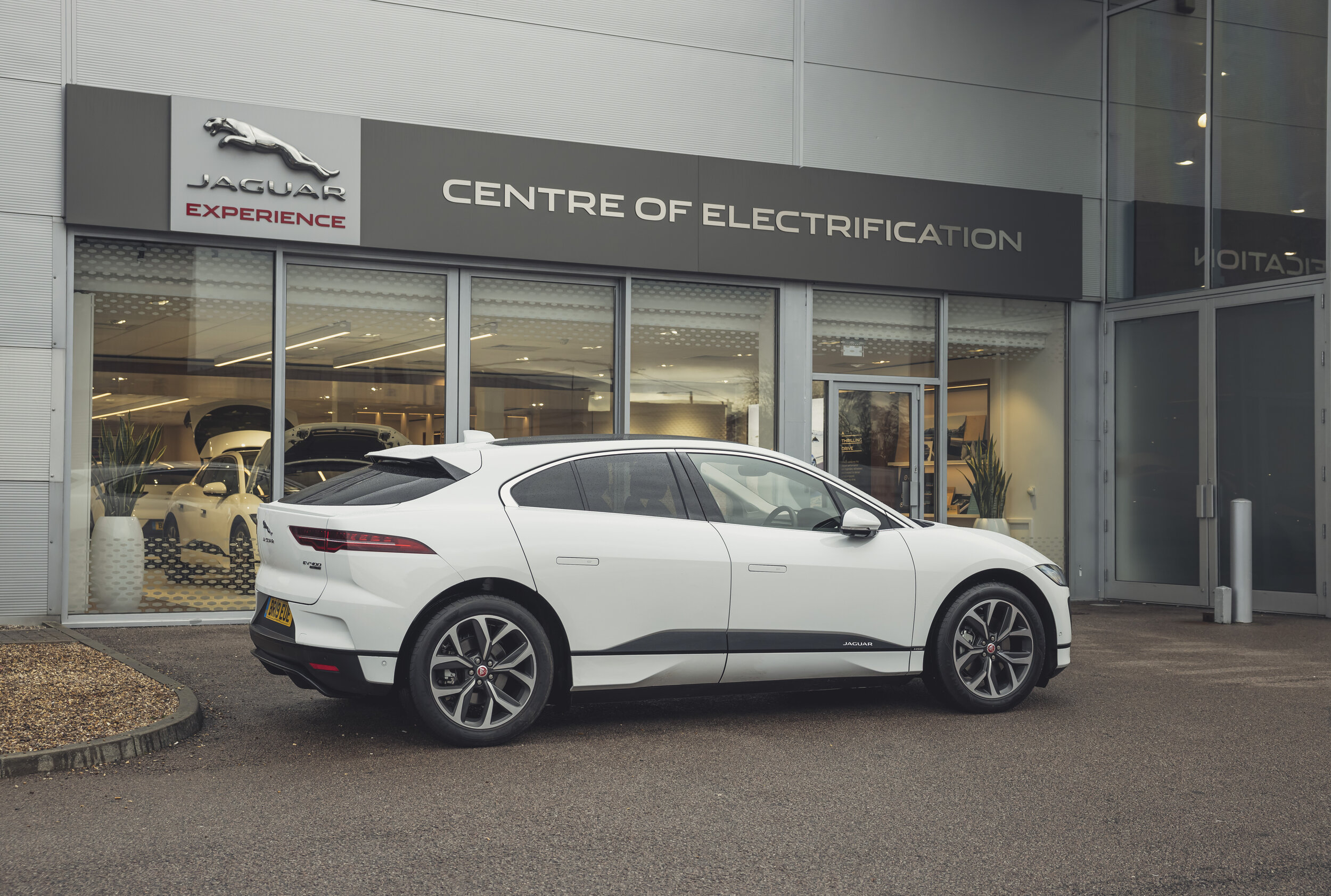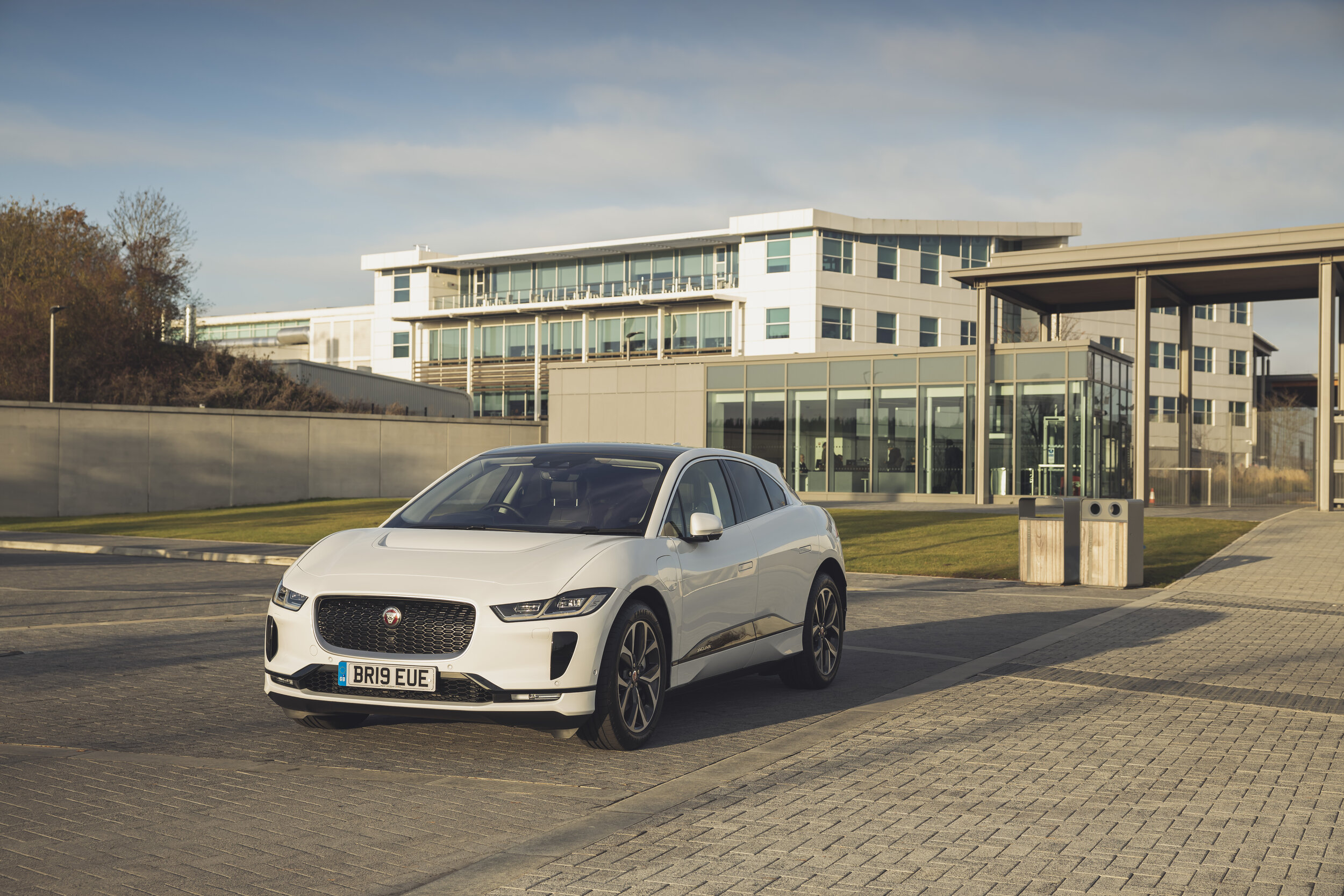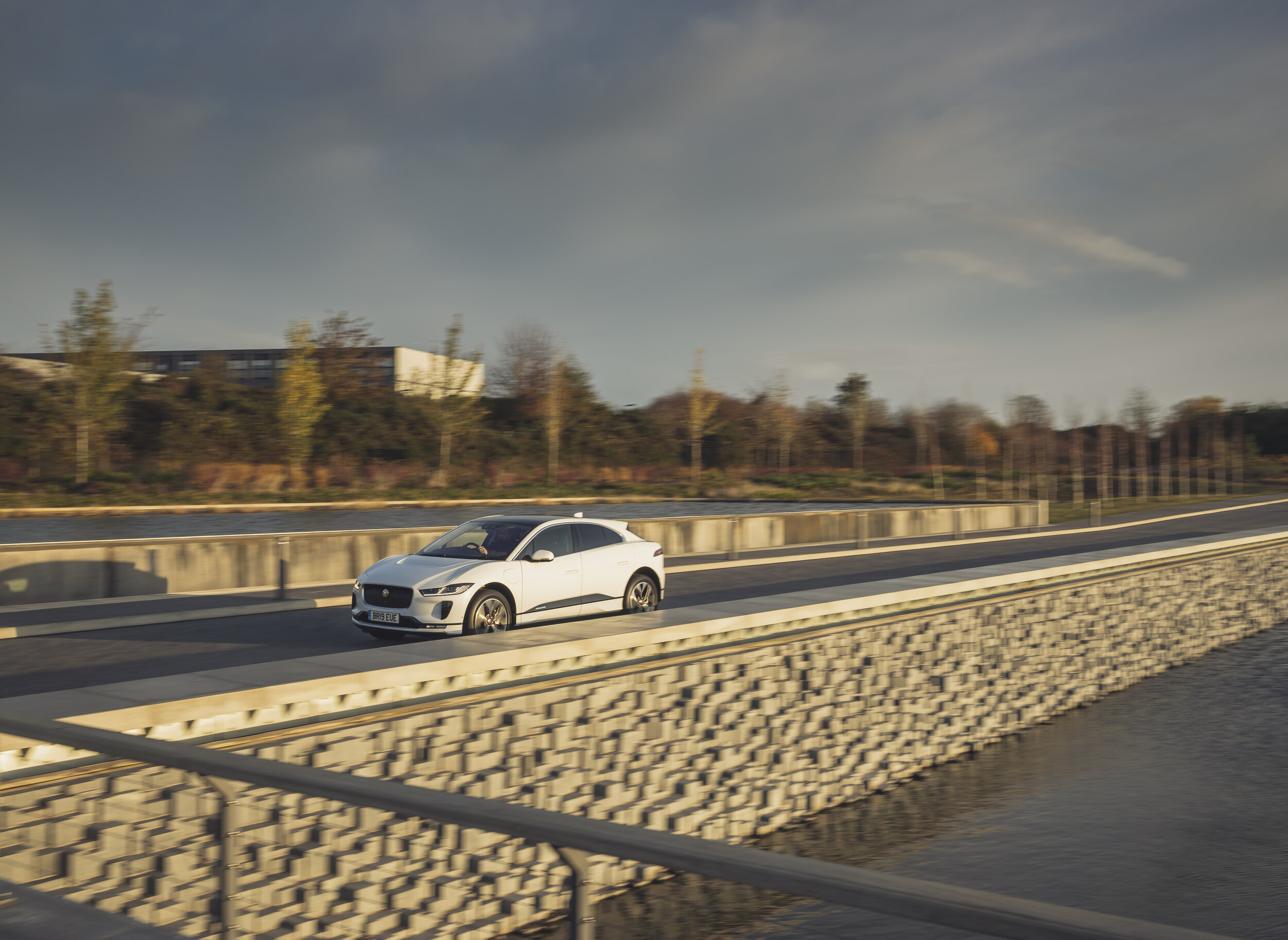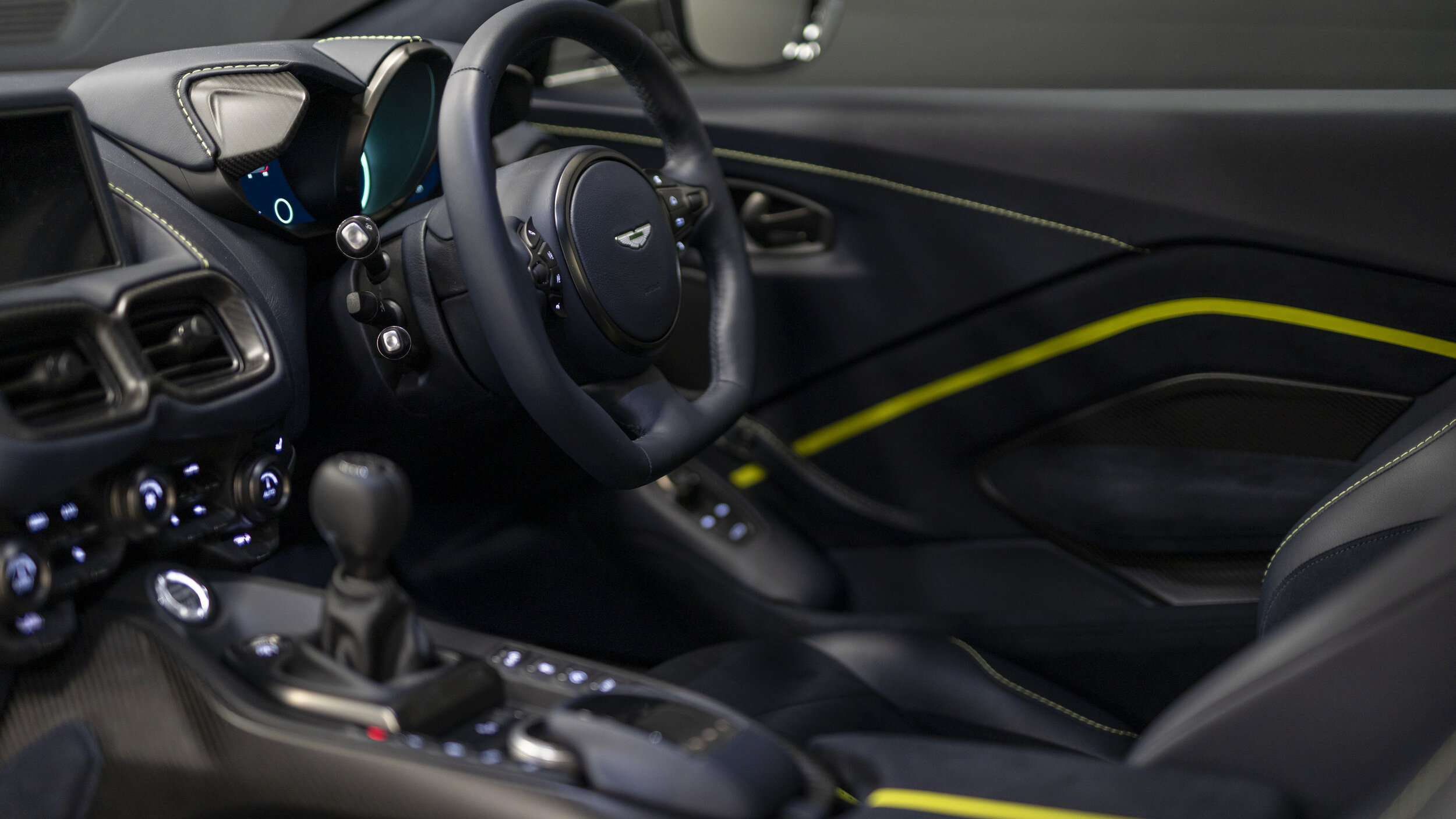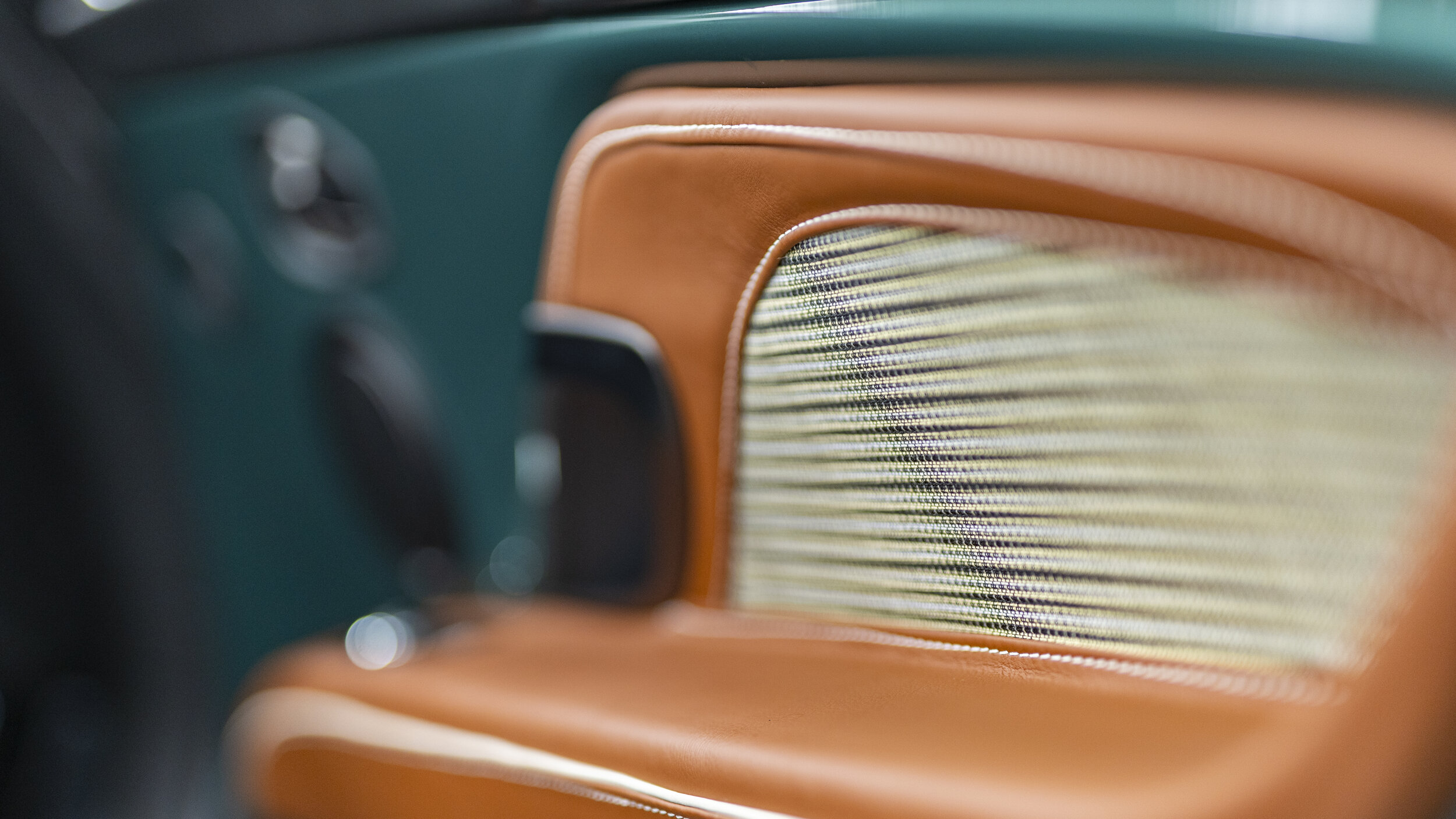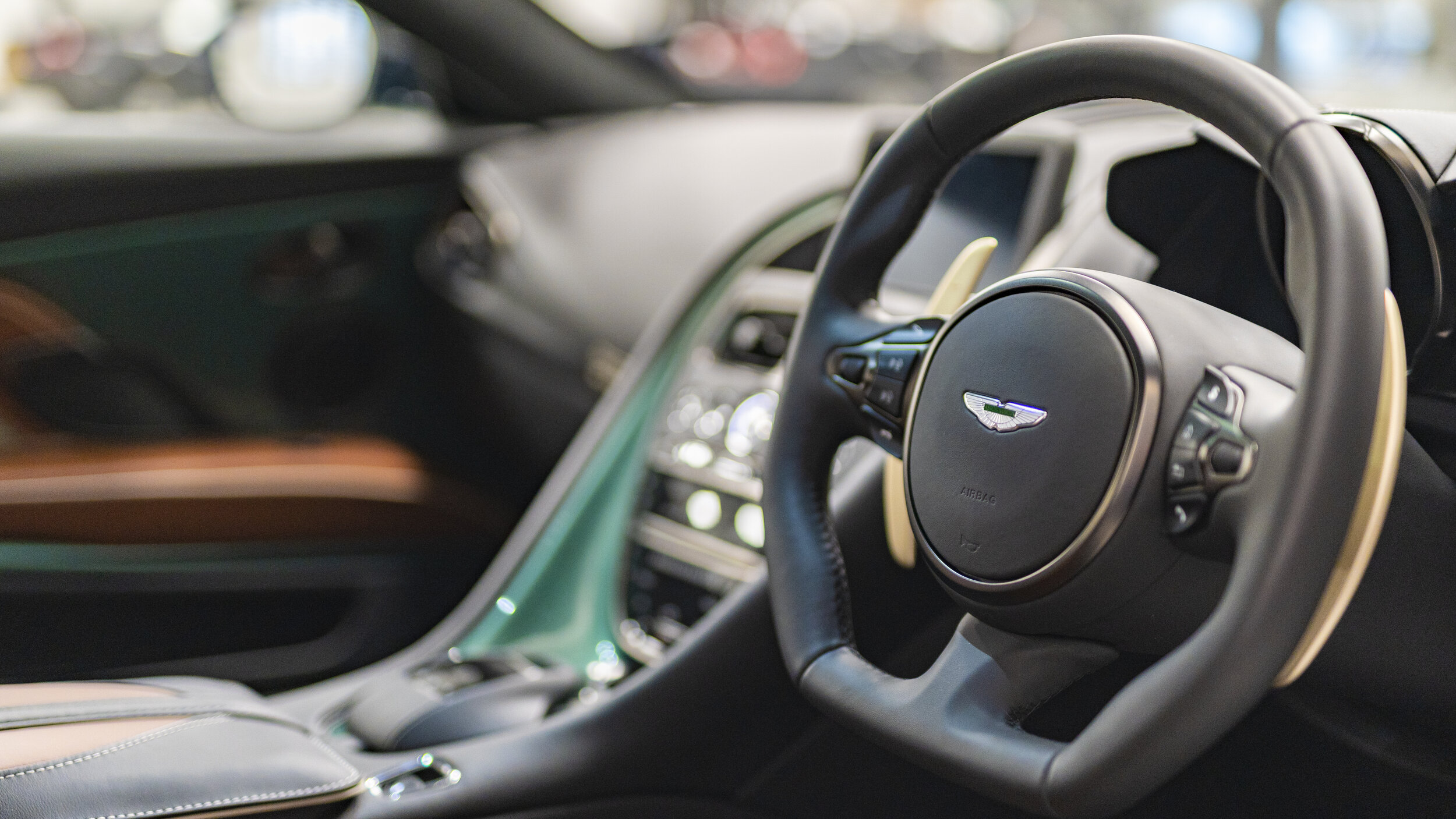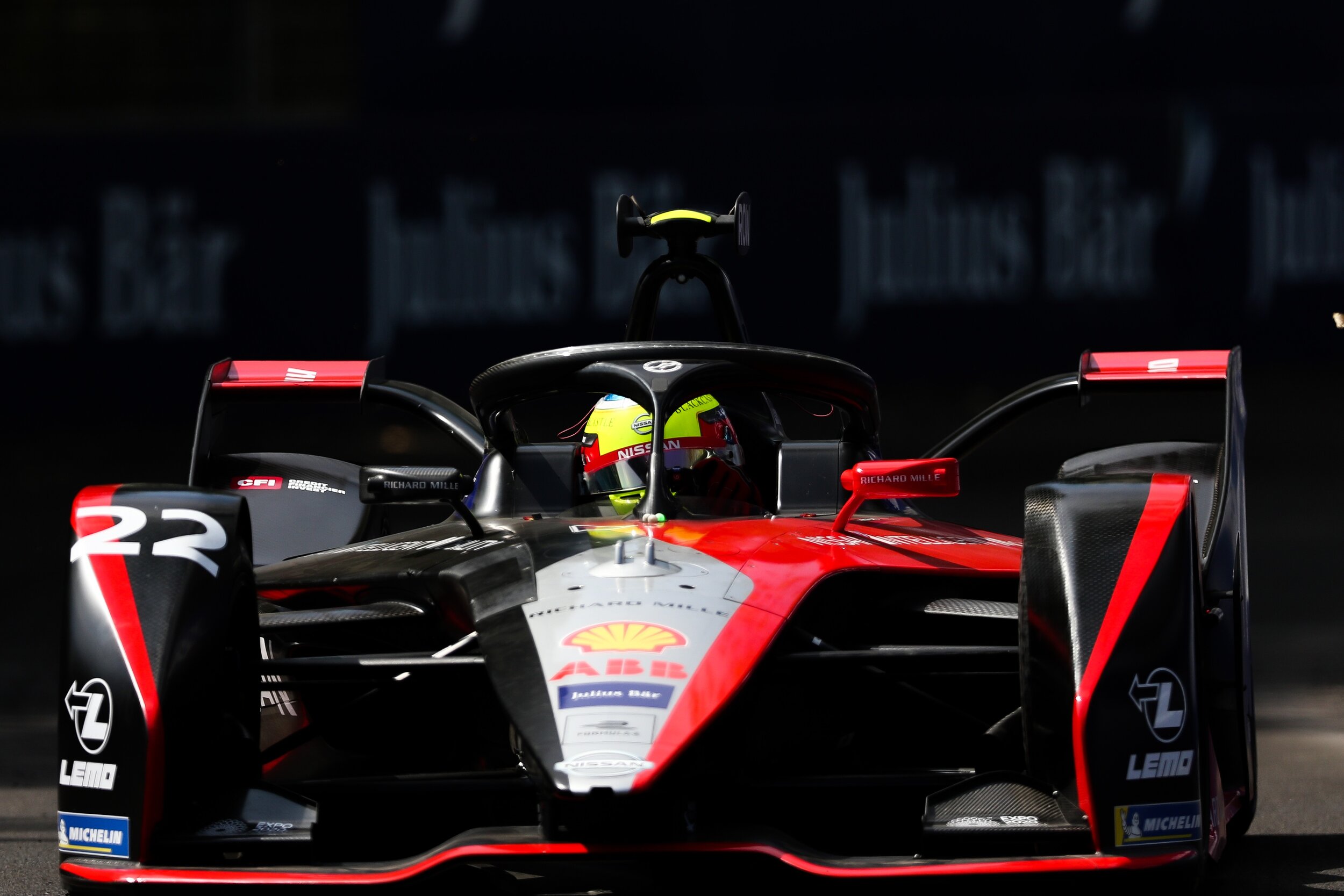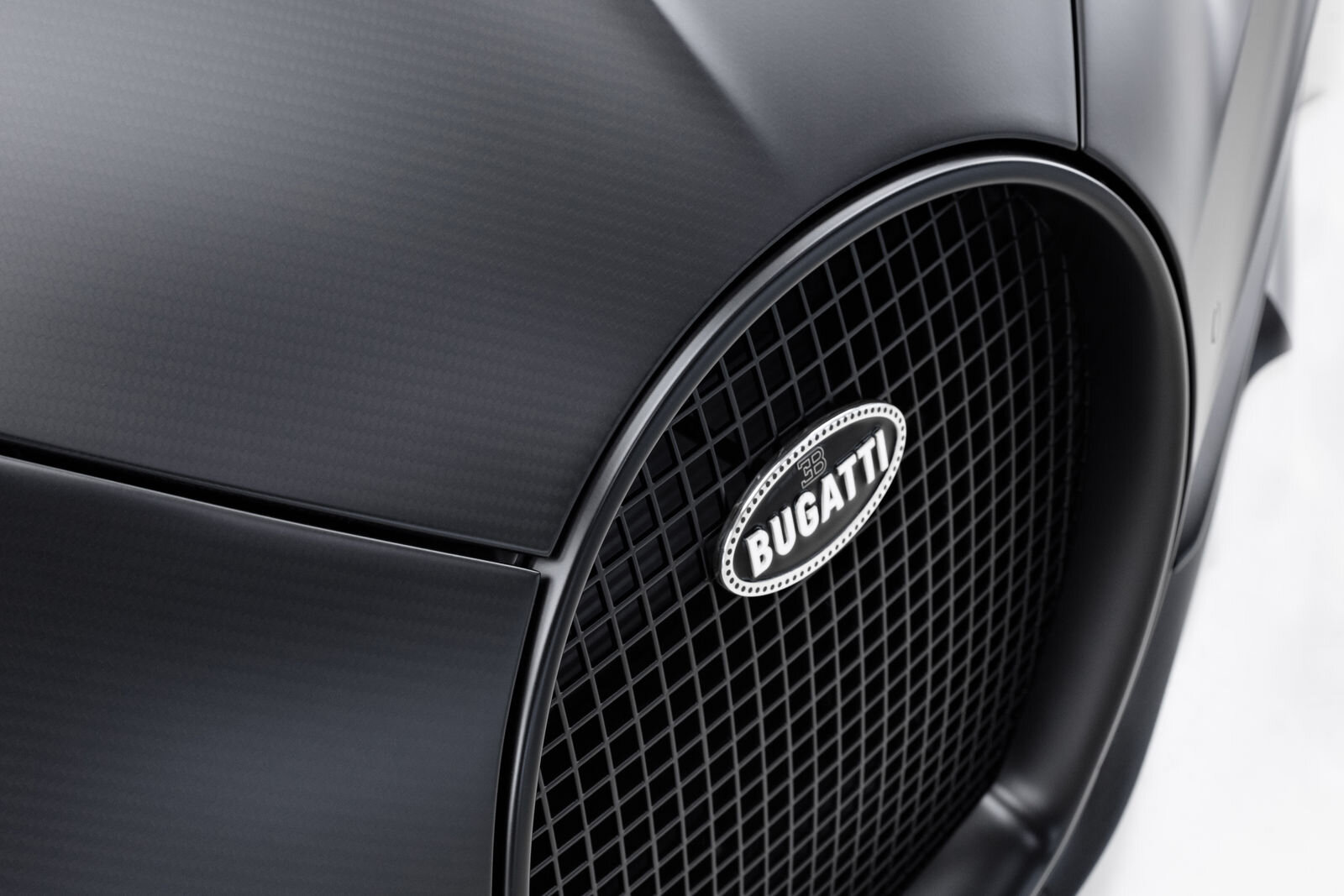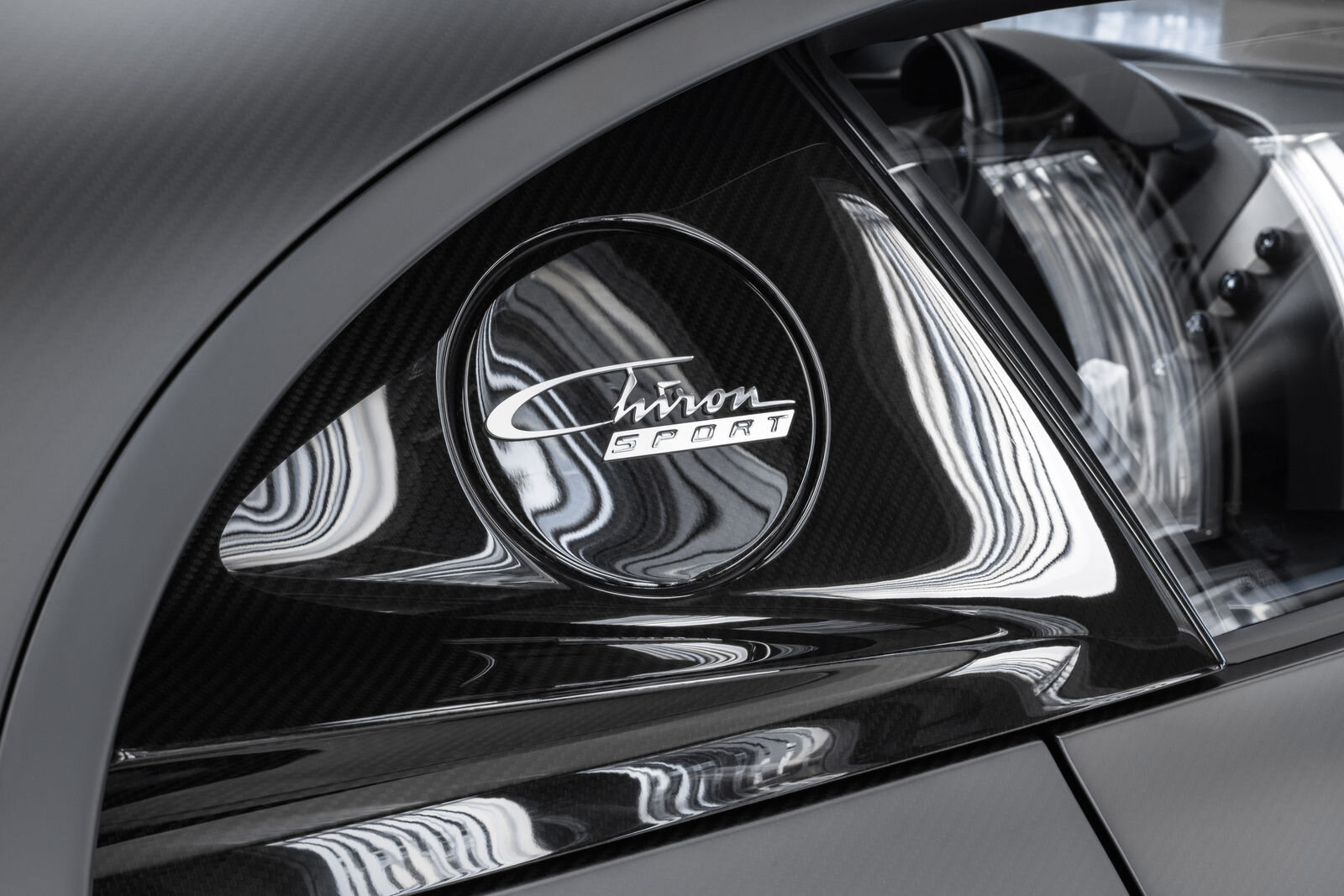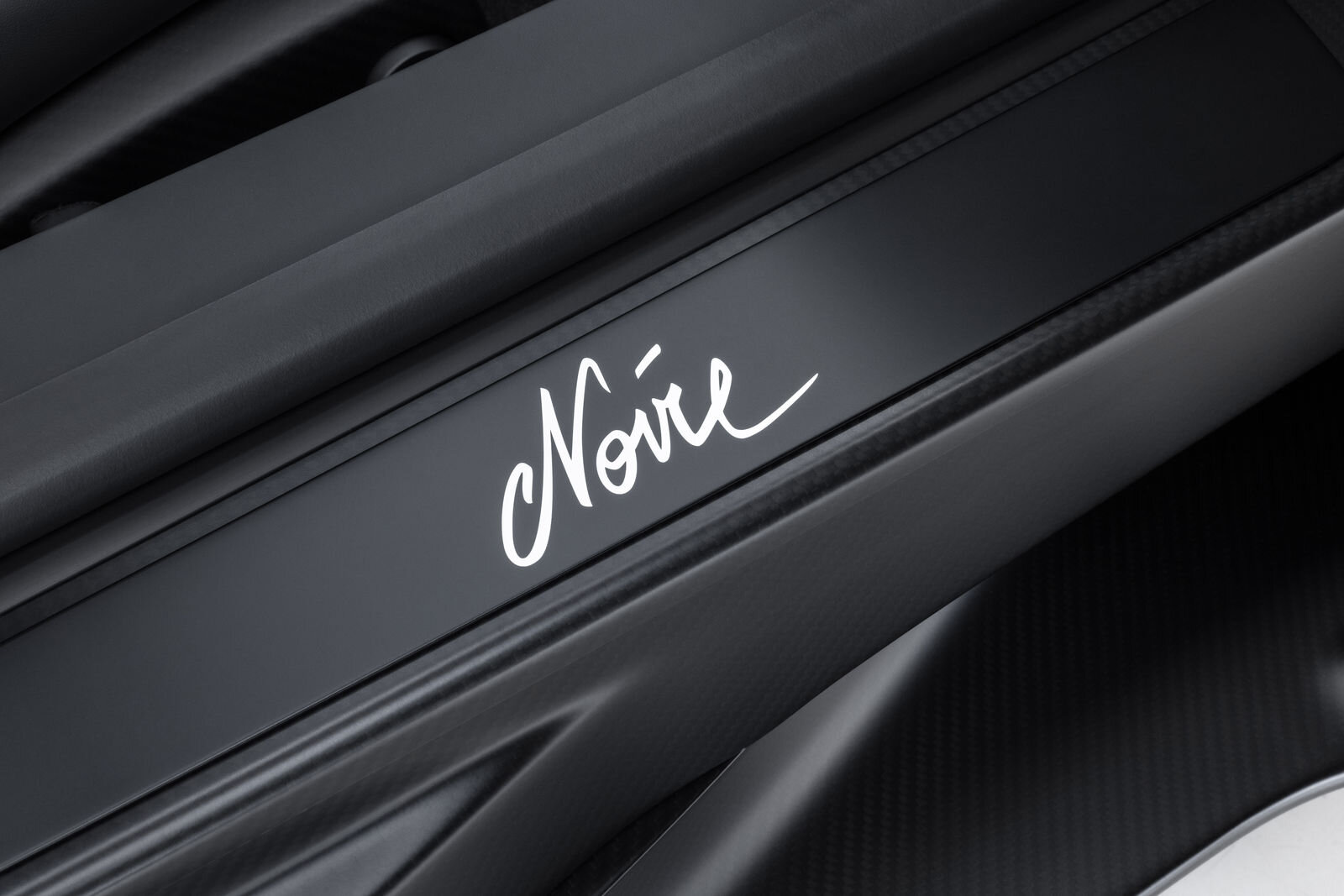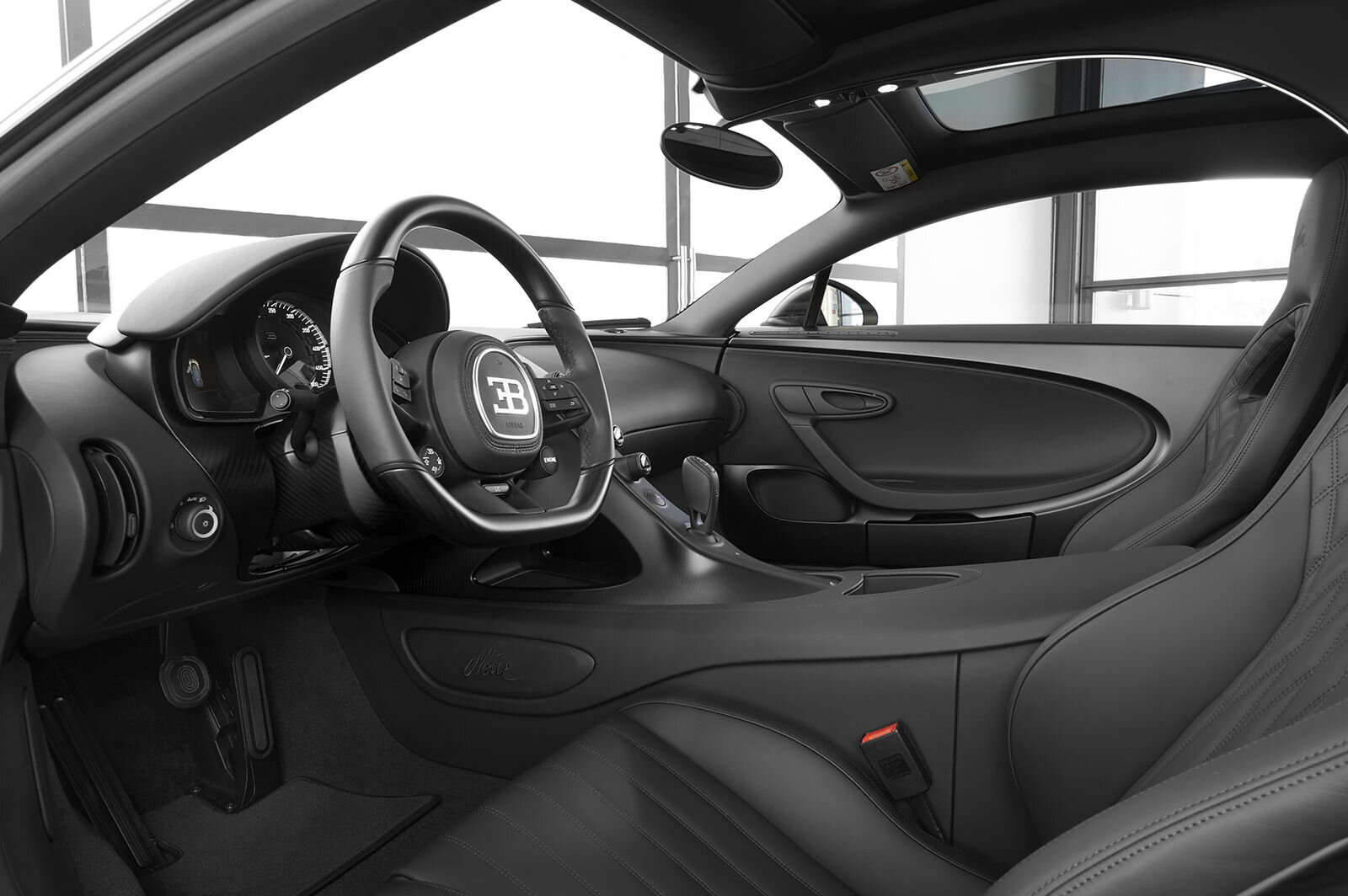Virtual mirrors as standard
At the top of the rankings in equipment terms, the Launch Edition model is identifiable by way of its black styling elements taking in the Singleframe, window trim strips and front and rear bumper, by its exclusive 21-inch alloy wheels from Audi Sport and, probably most strikingly, by its virtual door mirrors, which replace the conventional door mirrors and use cameras to project images of the e-tron’s surroundings onto OLED displays in the cabin.
Inside, a full-length panoramic sunroof and powered steering wheel adjustment expand the list of comforts, while a variety of upgrades heighten the air of technological sophistication. These include a step up from the standard Audi virtual cockpit to the virtual cockpit plus, bringing additional ‘e-tron’ and ‘sport’ layouts for even more comprehensive driver information, plus additional driver assistance systems that form part of the standard Tour Pack. This pack bundles together everything from adaptive cruise assist and lane departure warning to the predictive efficiency assistant promoting the most charge-conscious driving style.
Several supplementary systems also complement the pack, including Audi side assist blind-spot monitoring, cross-traffic assist, a 360-degree camera and even an exit warning system, which visually alerts occupants to the presence of oncoming cyclists and other potential hazards when opening the vehicle doors.
The Launch Edition also incorporates a comfort remote preconditioning system, which is a higher functioning version of the remote preconditioning system fitted as standard elsewhere in the range. Where that enables the driver to use the myAudi app to remotely activate the primary heating and ventilation system so that it reaches the temperature that was programmed when the vehicle was last driven, the more advanced version also permits remote adjustment of the desired temperature and can also control seat heating and ventilation, steering wheel heating (if fitted) and window heating.
Like its e-tron 55 counterpart, the e-tron 50 is a product of the carbon-neutral Audi Brussels plant, and its approach to efficiency is no less holistic. Its battery has a 71 kWh capacity and delivers its energy via a newly calibrated drivetrain incorporating an electric motor on each axle with a combined output of 230kW (313PS) and 540 Nm (398.3 lb-ft) of torque. In the WLTP test cycle, a range of up to 190 miles has been proven to be achievable, and up to 80 percent of this total can be restored in as little as 30 minutes at fast-charge stations thanks to the electric SUV’s 120kW charging capability.
7kW home wall box charger included
Alternatively, the battery can, of course, be replenished at home using AC charging – a 7kW home wall box charger is currently available at no extra cost to all e-tron and e-tron Sportback customers*. In the e-tron 50, a full charge of a depleted battery using one of these wall boxes can be completed in around 10.5 hours.
In order to achieve the highest efficiency, only the rear electric motor is active in most driving situations, but the two driven axles can operate as an ‘e-quattro’ all-wheel-drive system, helping to shore up the e-tron 50 in all road conditions and to propel it smoothly as well as silently to 62mph in seven seconds on the way to a top speed of 118mph.
The front electric motor is activated predictively when needed, and the regulation of the electric all-wheel drive is extremely fast, highly connected and very precise. In combination with modern suspension components including air suspension and the e-tron’s low center of gravity, it provides excellent dynamics and stability.
The lower gross weight of the e-tron 50 quattro also contributes to efficiency, as does the advanced thermal management system with its standard thermal pump. This system regulates the temperature of the interior as well as the battery and cools the electric motors, the power electronics, and the charger. In this way it ensures that the high-voltage components enjoy a long service life and enable fast charging with direct current (DC).
Like the more powerful version of the electric SUV, the Audi e-tron 50 quattro also recuperates energy via its two electric motors, with priority given to the rear motor, during more than 90 percent of all deceleration actions. This means that the energy from practically all normal braking maneuvers is recovered and fed back into the battery. The newly developed wheel brake system with electrohydraulic actuation is activated only when the force of deceleration exceeds 0.3 g. This results in short braking distances in all situations.
Enlightening new Audi EV hub
Customers considering making the switch from a conventionally powered Audi model to one of the growing range of e-tron EVs can now explore the benefits of doing so in greater detail, find information on key considerations such as charging and government plug-in grant entitlement and view frequently asked questions on the new Audi EV hub at www.audi.co.uk/electric.
Optimized for display on mobile devices, the new online resource also includes full details of the new e-tron Charging Service, which offers subscribers a choice of two attractive fixed price charging tariffs and automatically debits their account based on usage with a single tap of an RFID card at hundreds of charging points operated by 18 providers in the UK and while roaming at no extra cost overseas. Users receive a single monthly invoice, stripping away another layer of potential over-complication from the EV ownership proposition.
The Transit tariff, which would normally cost £16.95 per month and grants subscribers access to the high-powered IONITY network and the 150kW output its chargers can deliver (but does not include electrical charge), is offered free of charge to new e-tron customers for the first 12 months.
Initial servicing costs can also be removed from the equation for customers purchasing an e-tron model through either the Personal Contract Plan (PCP) or Contract Hire channels. Their first two services are included as part of their finance agreement at no extra cost*


